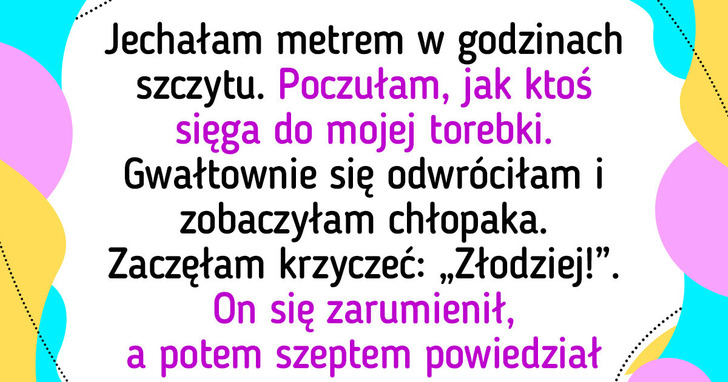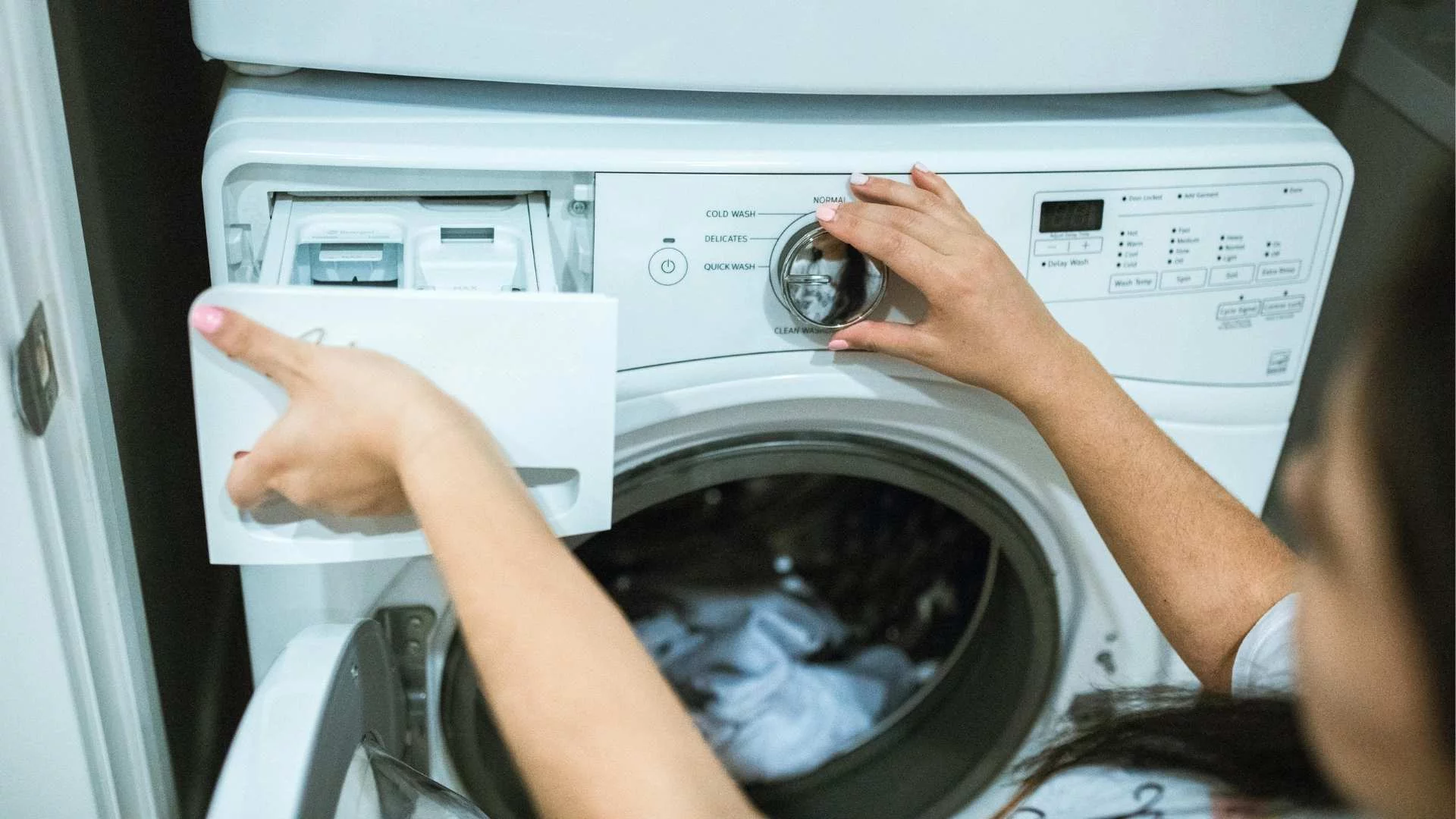Tata, oddaj mieszkanie – już swoje przeżyłeś. Po jego odpowiedzi córka powiedziała tylko trzy słowa i zatrzasnęła drzwi.
Kazimierz Nowak stracił żonę ledwie pół roku temu. Razem z nią odeszło ostatnie oparcie w życiu. przez cały czas chodził do pracy – nie z konieczności, ale by zachować choćby namiastkę sensu. Praca była jego ratunkiem, punktem zaczepienia. W codziennej rutynie znajdował chwilową pociechę. Wieczorami coraz częściej włóczył się po ulicach – po prostu szedł przed siebie, nie mając ochoty wracać do pustego, zimnego mieszkania. Dom bez żony stał się głuchą klitką, gdzie echo jego kroków brzmiało straszniej niż cisza.
Dzieci – córka i syn – odwiedzali go rzad# COCO Data-set
The COCO data-set is a large scale object detection, segmentation, and captioning data-set.
This is the official [website](http://cocodataset.org/) for the COCO data-set. It contains different data-set versions, annotations, and APIs to work with the data.
## Different versions of the data-set
1. COCO 2014: This version contains images from the Microsoft COCO 2014 data-set.
2. COCO 2015: This version contains images from the Microsoft COCO 2015 data-set.
3. COCO 2017: This version contains images from the Microsoft COCO 2017 data-set.
4. COCO-Stuff: This version contains images from the Microsoft COCO 2017 data-set with additional stuff annotations.
5. COCO-Panoptic: This version contains images from the Microsoft COCO 2017 data-set with panoptic annotations.
## Annotations
COCO provides different types of annotations for the images in the data-set. These include:
1. Object Detection: This annotation type provides bounding boxes and class labels for objects in the images.
2. Key-point Detection: This annotation type provides key-points for objects in the images.
3. Stuff Segmentation: This annotation type provides segmentation masks for stuff in the images.
4. Panoptic Segmentation: This annotation type provides segmentation masks for both stuff and things in the images.
## APIs
COCO provides different APIs to work with the data-set. These include:
1. COCO API: This API provides tools to load, parse and visualize the annotations in the data-set.
2. COCO-Stuff API: This API provides tools to load, parse and visualize the stuff annotations in the data-set.
3. COCO-Panoptic API: This API provides tools to load, parse and visualize the panoptic annotations in the data-set.
## Downloading the data-set
The COCO data-set can be downloaded from the official [website](http://cocodataset.org/). The data-set is available in different formats including:
1. JSON: This format contains the annotations in JSON format.
2. XML: This format contains the annotations in XML format.
3. CSV: This format contains the annotations in CSV format.
## Data-set statistics
The COCO data-set contains:
1. 330K images (>200K labeled)
2. 1.5 million object instances
3. 80 object categories
4. 91 stuff categories
5. 5 captions per image
6. 250,000 people with keypoints
7. 25,000 images with dense captions
8. 25,000 images with panoptic annotations
## Data-set splits
The COCO data-set is split into three parts:
1. Train: This split contains 118,287 images.
2. Val: This split contains 5,000 images.
3. Test: This split contains 41,000 images.
## Data-set license
The COCO data-set is licensed under the [Creative Commons Attribution 4.0 license](https://creativecommons.org/licenses/by/4.0/).
## Data-set citation
If you use the COCO data-set in your research, please cite the following paper:
„`
@inproceedings{lin2014microsoft,
title={Microsoft coco: Common objects in context},
author={Lin, Tsung-Yi and Maire, Michael and Belongie, Serge and Hays, James and Perona, Pietro and Ramanan, Deva and Doll{\’a}r, Piotr and Zitnick, C Lawrence},
booktitle={European conference on computer vision},
pages={740–755},
year={2014},
organization={Springer}
}
„`









![Jonah Hill zrzucił 40 kg. Na planie nowego filmu aktor jest nie do poznania [ZDJĘCIA]](https://cdn.kobieta.onet.pl/1/P-Mk9lBaHR0cHM6Ly9vY2RuLmV1L3B1bHNjbXMvTURBXy9kZWE0OGJkMzVlNGI5ODA1OTBhOTBlNjcwOGVkZmUwZS5qcGeSlQMAzQEdzQZIzQOIkwXNCWDNBkDeAAKhMAehMQQ)


